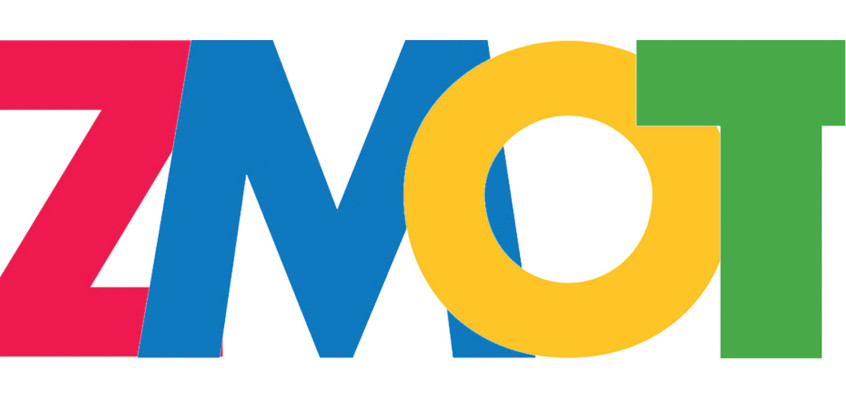It’s no secret that Google products have changed the world in significant ways—one billion people use Gmail every month, and there were 98.5 million Android smartphone users in the U.S. in 2015. But perhaps the most significant contribution Google has made to the world is its search engine and how it changed the way we live, eat, buy and do business.
In 2011, Google released research that proved their search engine had changed people’s behaviors, which led to a trickle-down effect for businesses and how they marketed to their customers. Google called this research a new marketing strategy referred to as the “Zero Moment of Truth” (ZMOT).
What Zero Moment of Truth simply means is Google noticed there was a new step now in the purchasing funnel, between advertising and in-store purchasing. People everywhere, all over the world, turned to Google to research a product before deciding to make a purchase. Before purchasing, people were typing into their Internet browsers questions like, “What laptop has the best battery life?” “What toothpaste is best for teeth whitening?” and “What do I use to take a stain out of a white shirt?” In fact, there was a significant rise in how many pieces of content people were consuming before making a purchasing decision. In 2010, the average shopper used approximately five sources of information before making a purchase. In 2011 they used approximately 10. And now with the rapidly growing onset of mobile, Google says it matters even more since customers can discover your brand at their fingertips, at every moment of the day.
This type of online purchasing research likely isn’t rocket science for you, and you’ve probably done this type of research yourself. But, where the research becomes interesting is how these types of behaviors affect purchasing decisions for customers, and ultimately affects your business profits.
Understanding the Moments of Truth
Procter & Gamble first introduced the concept of “moment of truth” marketing in 2005 when their Chairman, President & CEO, A.G. Lafley, talked about the First Moment of Truth and Second Moment of Truth. The third moment of truth was later introduced by Pete Blackshaw, Vice President of Digital and Social Media at Nestlé. What does all this mumbo jumbo around moments of truth actually mean? Here is a quick and easy breakdown for you:
- First Moment of Truth: Lafley referenced this as being an ah-ha moment that consumers have when they interact with your brand and its competitive alternatives, likely in person or via an online store.
- Second Moment of Truth: This happens after your customer has purchased and used your product, and hopefully the experience lived up to the promises you made in marketing and communications.
- Third Moment of Truth: By this moment, your customer has become a fan of your business and engages with you on social media.
Where Does the Zero Moment Come In?
When Google launched the concept of Zero Moment of Truth, it rocked the marketing world. They were essentially saying, “Hey now, you need to pay attention to your consumer’s online behavior and market to them before they even know they need you.” This type of marketing shows up in the form of content marketing such as blog posts that answer questions your target audience might be searching for, Instagram images, Pinterest images and posts, tutorial YouTube videos, tutorial BuzzFeed videos and more.
Through Google’s onset of ZMOT, content marketing was born. Brands began to look at what content they could create, so potential customers found them online instead of their competitors. As a business owner, you should be thinking about applying ZMOT to your customers, too.
How To Apply ZMOT To Your Small Business:
- Zero Moment of Truth: As mentioned above, this is when you want to reach your customers with content while they’re searching in Google and other search platforms such as Pinterest. Blog posts are the best way to get started here—and work to understand or have someone help you with an SEO strategy, so you’re smart about ranking long-tail keywords with blog posts answering questions your customers are seeking.
- First Moment of Truth: At this point, your customer is already pretty far down the purchasing funnel and has decided to evaluate a few different brands before making a purchase. Make sure you set yourself out—offer discounts, free shipping or a “wow factor.” Feature customer testimonials and review sites on your website, so potential customers visiting and researching your brand can see other happy customers. And make sure you’re answering all inquiries that pop-up on social media.
- Second Moment of Truth: During this “moment,” your customers have purchased and used your product. But it doesn’t stop there. Make sure you have content that allows them to use your product to the full potential. Invest time in creating user guides, supporting documents, how-to videos, email nurture campaigns to get them setup, or recipes and how-tos on your blog. Now is a great moment to get customers invested in your brand, sharing photos online and connecting with other community members. Two brands doing this well are BaubleBar and ModCloth.
- Third Moment of Truth: This moment is when your customer has become a true fan of your business and provides you with reviews and word-of-mouth marketing, the gold star of marketing. They are personally invested in your business at this point and love to interact with you online. Make sure you’re reinforcing the community pieces like photo sharing, highlighting customers on social media, creating contests, etc.
To get your customers to the Third Moment of Truth, the ultimate fandom of your business, you need to start at the Zero Moment of Truth. Check out our Content Marketing Playbook to learn how to create compelling content that helps you get in front of your customers before they even know they need you.
